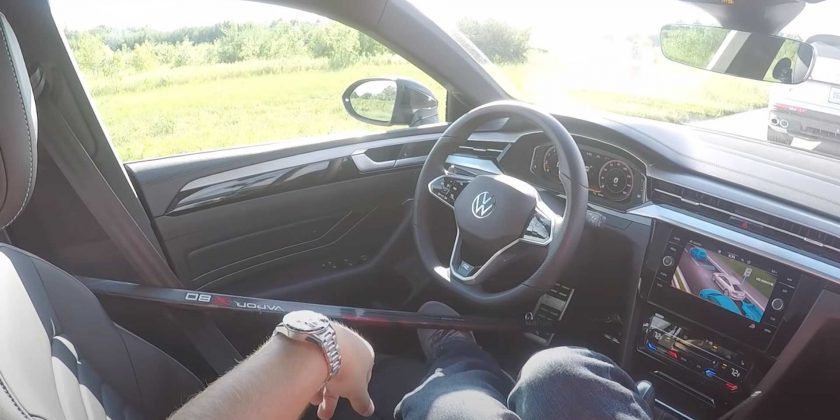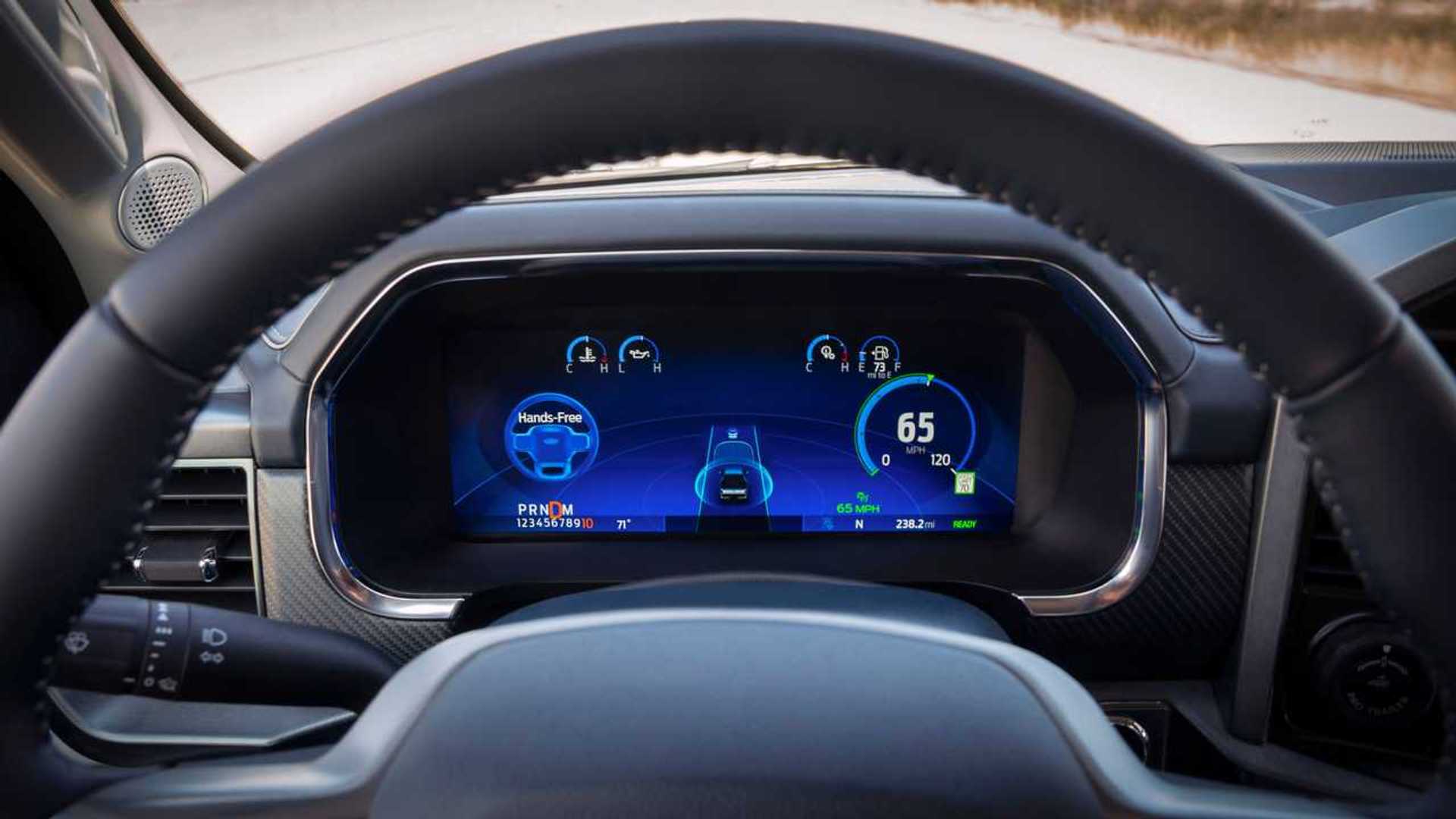Should car brands start foolproofing their systems further?
Tesla and its Autopilot feature have become a center of controversy over the past few years. That’s because of crashes that have occurred, some even fatal, claiming that that the Autopilot feature and that it can be tricked into thinking that there’s someone behind the steering wheel. There are a handful of videos that came out showing such claims, one even coming from Consumer Reports.
However, as it turns out, all car brands equipped with similar driver-assist features can be tricked into thinking so. That’s one of the findings that Car and Driver offers based on its latest closed-course test involving four highway scenarios and 17 vehicles, one from most major car brands.
The first of the four tests wanted to find out how the cars’ driver-assist features – adaptive cruise set at 60 miles per hour (97 kilometers per hour) and lane centering active – would react when the seatbelts are unbuckled. In this test, Subaru canceled all driver aids immediately, while Tesla and Cadillac canceled the systems and braked to a halt.
Gallery: Ford BlueCruise: First Drive
In the same scenario, the second test aimed to test how long would it take to send out a warning and shut down the system after lifting the driver’s hands on the steering wheel. The quickest of the bunch were Cadillac, Ford, Volvo, Toyota, and Lexus, which turned off their systems within 21 seconds, while Hyundai did so only after 91 seconds, covering 1.5 miles (2.4 kilometers).
The third test is similar to the previous one but this time, C&D tried to trick the system by latching an ankle weight into the steering wheel to make the system think that it still has hands on it. It worked for most cars but not with BMW and Mercedes vehicles wherein the system relies on touch.
C&D had to test the Cadillac Escalade’s Super Cruise differently since it’s currently the only system that allows hands-free driving on mapped limited-access highways (they had to close a section of Indiana highway for this). Super Cruise uses an infrared camera to determine the driver’s attention but in C&D‘s test, it can be tricked using glasses with fake eyeballs printed on them. Ford is rolling out a similar tech dubbed as BlueCruise soon, and you can read about our First Drive review of that feature here.
Lastly and the most controversial of the bunch, C&D tested whether these cars will allow driverless driving by transferring over to the passenger side while the driving aids are on. All cars allowed so, with most of them needing a weight placed on the seat.
We have to point out that these driver-assist systems can only be tricked if the driver does so intentionally, which means that there’s a conscious effort to get past the safety measures placed by the automakers.
Then again, in the age of viral videos, pranks, and other unintelligent content for the sake of views and likes, what’s stopping someone out there from not doing so?
Source:
Car and Driver
Source: Read Full Article







